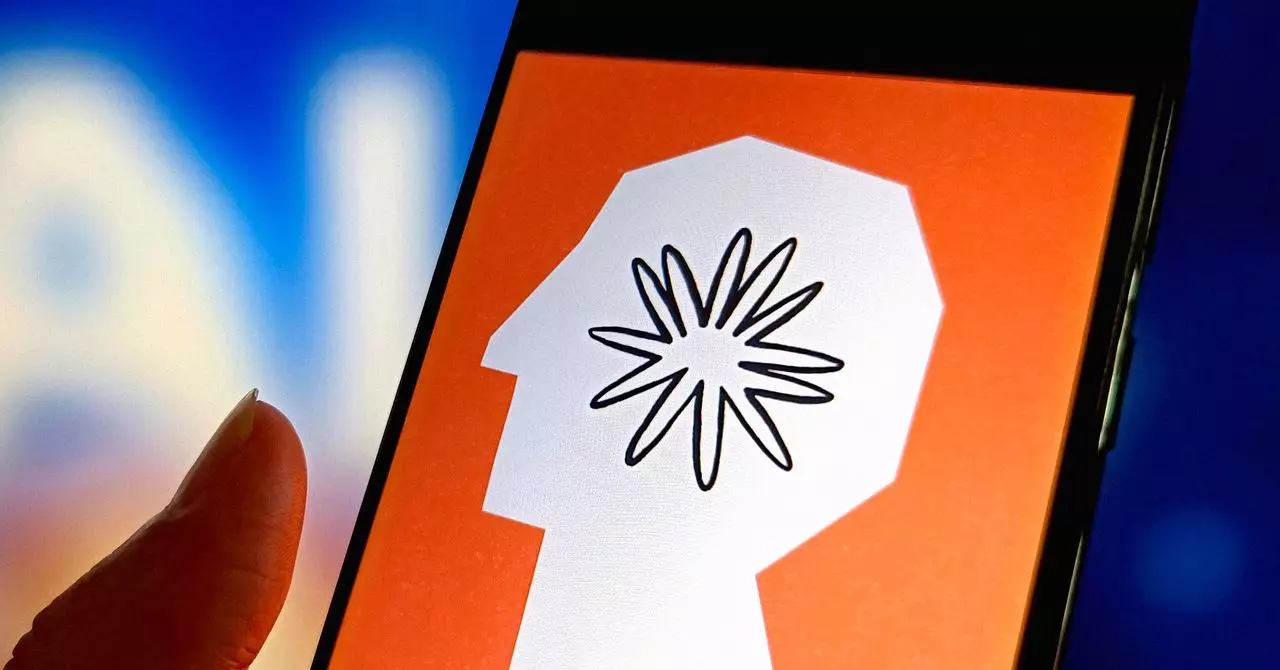The recent settlement between Anthropic and a class of authors marks a significant turning point in the ongoing tension between artificial intelligence development and intellectual property rights. For the first time in the United States, a hefty financial resolution—amounting to at least $1.5 billion—has been established to address allegations that AI models trained on copyrighted works have significantly infringed upon authors’ rights. This settlement is not only a financial milestone but also a symbolic one, signaling to the tech industry and creative sectors that the use of copyrighted materials without proper licensing carries substantial risk and liability.
What makes this case particularly compelling is its scale and scope. Applying to roughly half a million works, the outcome establishes a tangible framework for compensating creators whose works have been exploited in AI training processes. The settlement stipulates an additional $3,000 per work, potentially increasing total payouts if the list of infringed materials grows. This direct monetary acknowledgment confronts the often overlooked reality that AI’s rapid development hinges on vast quantities of intellectual property—content that, until now, has largely been exploited without explicit permission or compensation.
This landmark settlement may serve as a precedent that reshapes industry standards. Unlike previous cases that ended in ambiguous legal outcomes or broad “fair use” defenses, this agreement underscores the importance of recognizing individual creators’ rights—regardless of the technological innovations in AI. It clearly communicates that AI companies cannot indefinitely sidestep legal responsibilities by claiming fair use or arguing that their training datasets are inherently protected.
Challenging the Myth of Fair Use and Ethical AI Development
Prior court rulings, including the notable decision by Judge William Alsup, initially provided a glimmer of hope for AI developers, suggesting that under certain conditions, training AI models on copyrighted content could qualify as fair use. However, the nuances of that ruling revealed a complex landscape. While Anthropic’s AI training was shielded to some extent by fair use, the judge acknowledged that the authors retained the ability to pursue legal action based on piracy—specifically regarding the use of “shadow libraries” like LibGen, where stolen copies of books were stored.
The controversy underscores a broader misconception that AI development is divorced from the rights of content creators. In reality, the use of pirated material—over seven million unauthorized copies in the case of Anthropic—raises serious ethical questions. The company’s defense that it purchased copies rather than pirated them was met with skepticism. The legal order explicitly states that the presence of pirated copies in their library, even if not actively used for training, constitutes copyright infringement. This was an unequivocal rebuke to the idea that AI can operate in a legally and ethically gray zone when it comes to intellectual property.
This case punctuates the urgent need for industry-wide standards and regulations. The assumption that AI can freely benefit from copyrighted works—especially those obtained illicitly—without repercussions is fundamentally flawed. The impending legal and financial consequences should serve as a stark wake-up call for AI developers to reconsider their data sourcing practices. Moreover, it advocates for a more transparent and fair approach, where creators are compensated for the monetization of their works, whether directly through licensing fees or in broader societal terms.
Implications for the Future of AI and Creative Industries
The significance of this settlement extends beyond monetary penalties. It signals a shift in the cultural narrative surrounding AI’s role in society. The message is clear: innovation should not come at the expense of creators’ rights. With regulators watching closely, this case could catalyze policy changes that enforce stricter licensing requirements, fair use clarifications, and perhaps even new copyright legislation tailored to digital and AI contexts.
AI companies must now grapple with a stark reality—ignoring intellectual property rights is a risky endeavor that could result in enormous financial liabilities and reputational damage. The precedent set here might influence future litigation, encouraging more lawsuits that challenge overreach and advocate for fairness. For authors and creators, this victory provides a glimmer of hope that their work remains protected, and that the law can serve as an effective shield against the commodification of their intellectual property by tech giants.
Furthermore, this case emphasizes the importance of establishing ethical standards in AI training practices. Moving forward, transparency in dataset sourcing and licensing agreements should be seen as non-negotiable. AI’s future, while promising, must be anchored in respect for the creative economy it relies upon. As legal battles deepen and regulations evolve, it becomes increasingly evident that safeguarding artists’ rights and fostering innovation are not mutually exclusive—they are essential to sustainable progress.

